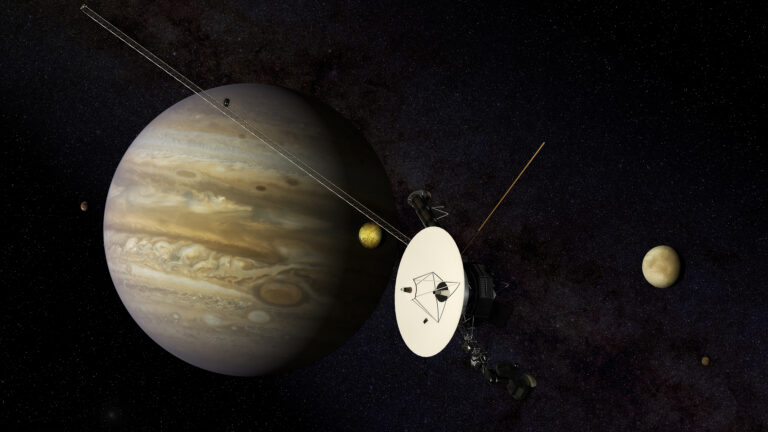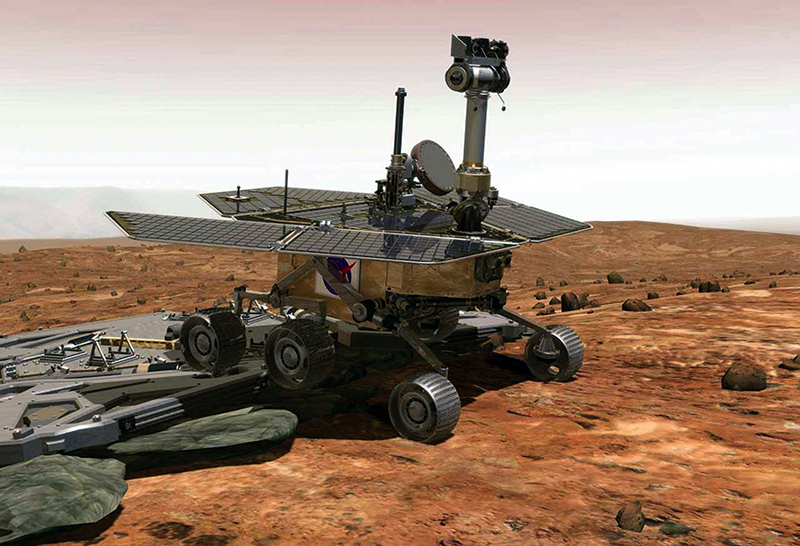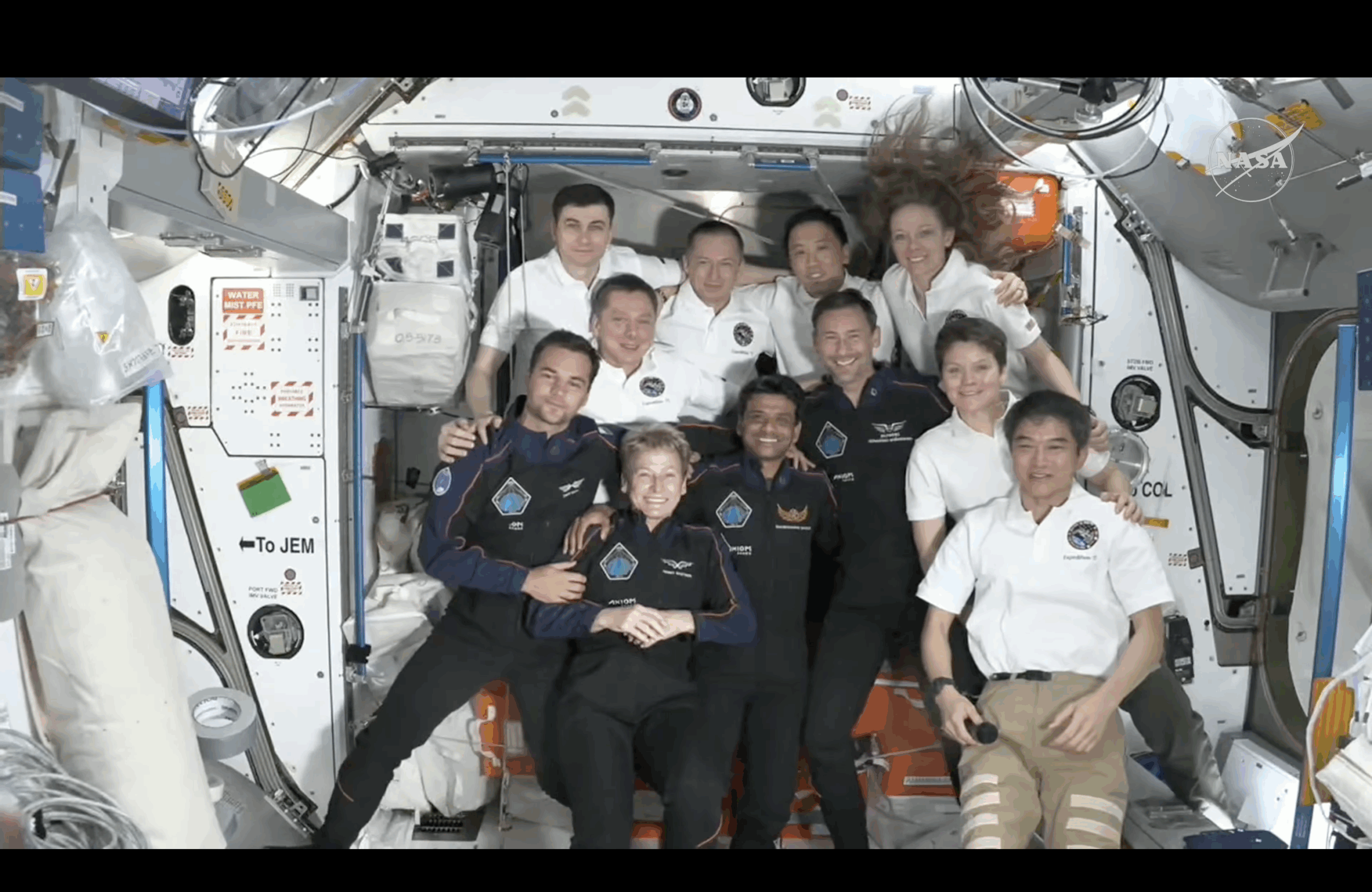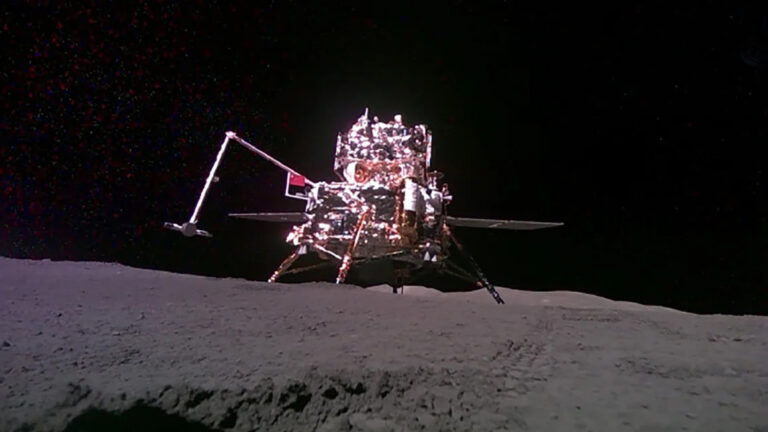Key Takeaways:
Our current understanding tells us that turbulence in the solar wind should not be affected by the speed and direction of travel of that solar wind. However, when the first space probes attempted to measure that turbulence, they found their observations didn’t quite match that physical law. The first such data to be analyzed from Mariner 5 in 1971 found a small but clear pattern in the turbulence perpendicular to both the direction of the travel and the magnetic field the solar wind was traveling through.
While it was an irritating aberration, the effect was relatively small and had been essentially ignored by physicists until now. However, the most recent space missions to look at the solar wind, such as the Cluster mission, are examining it with such sensitive and highly accurate modern instrumentation that what was once a small aberration was threatening to become a significant stumbling block to scientists getting a deeper understanding of what is going on in the solar wind, which is effectively the solar system’s largest and most interesting natural turbulence lab.
Research led by Andrew Turner and Sandra Chapman from the University of Warwick has found a solution to this 40-year-old problem. The research team looked at data from the Cluster mission, and they also created a virtual model of how magnetohydrodynamic (MHD) turbulence builds up in the solar wind. They then flew a virtual space probe through that virtual model in a range of directions, unlike the single direction of travel open to a probe such as Mariner 5.
“The analysis clearly showed that, when all these results were considered together, any correlation between changes in the turbulence in the solar wind and the direction of travel simply disappeared,” said Turner. “The observed non-axisymmetric anisotropy may simply arise as a sampling effect of using just one probe taking a single particular path through the solar wind.”
Our current understanding tells us that turbulence in the solar wind should not be affected by the speed and direction of travel of that solar wind. However, when the first space probes attempted to measure that turbulence, they found their observations didn’t quite match that physical law. The first such data to be analyzed from Mariner 5 in 1971 found a small but clear pattern in the turbulence perpendicular to both the direction of the travel and the magnetic field the solar wind was traveling through.
While it was an irritating aberration, the effect was relatively small and had been essentially ignored by physicists until now. However, the most recent space missions to look at the solar wind, such as the Cluster mission, are examining it with such sensitive and highly accurate modern instrumentation that what was once a small aberration was threatening to become a significant stumbling block to scientists getting a deeper understanding of what is going on in the solar wind, which is effectively the solar system’s largest and most interesting natural turbulence lab.
Research led by Andrew Turner and Sandra Chapman from the University of Warwick has found a solution to this 40-year-old problem. The research team looked at data from the Cluster mission, and they also created a virtual model of how magnetohydrodynamic (MHD) turbulence builds up in the solar wind. They then flew a virtual space probe through that virtual model in a range of directions, unlike the single direction of travel open to a probe such as Mariner 5.
“The analysis clearly showed that, when all these results were considered together, any correlation between changes in the turbulence in the solar wind and the direction of travel simply disappeared,” said Turner. “The observed non-axisymmetric anisotropy may simply arise as a sampling effect of using just one probe taking a single particular path through the solar wind.”










